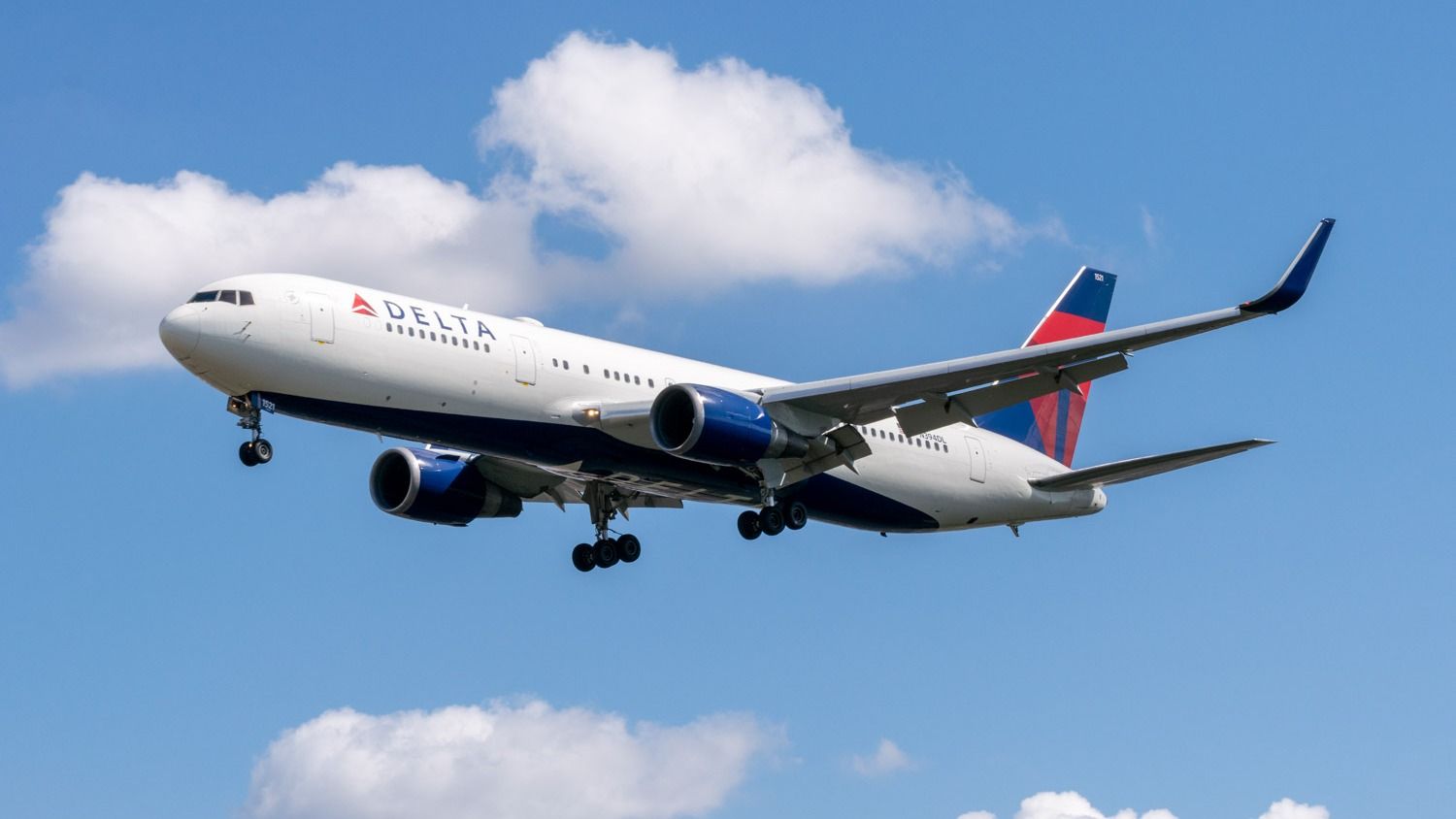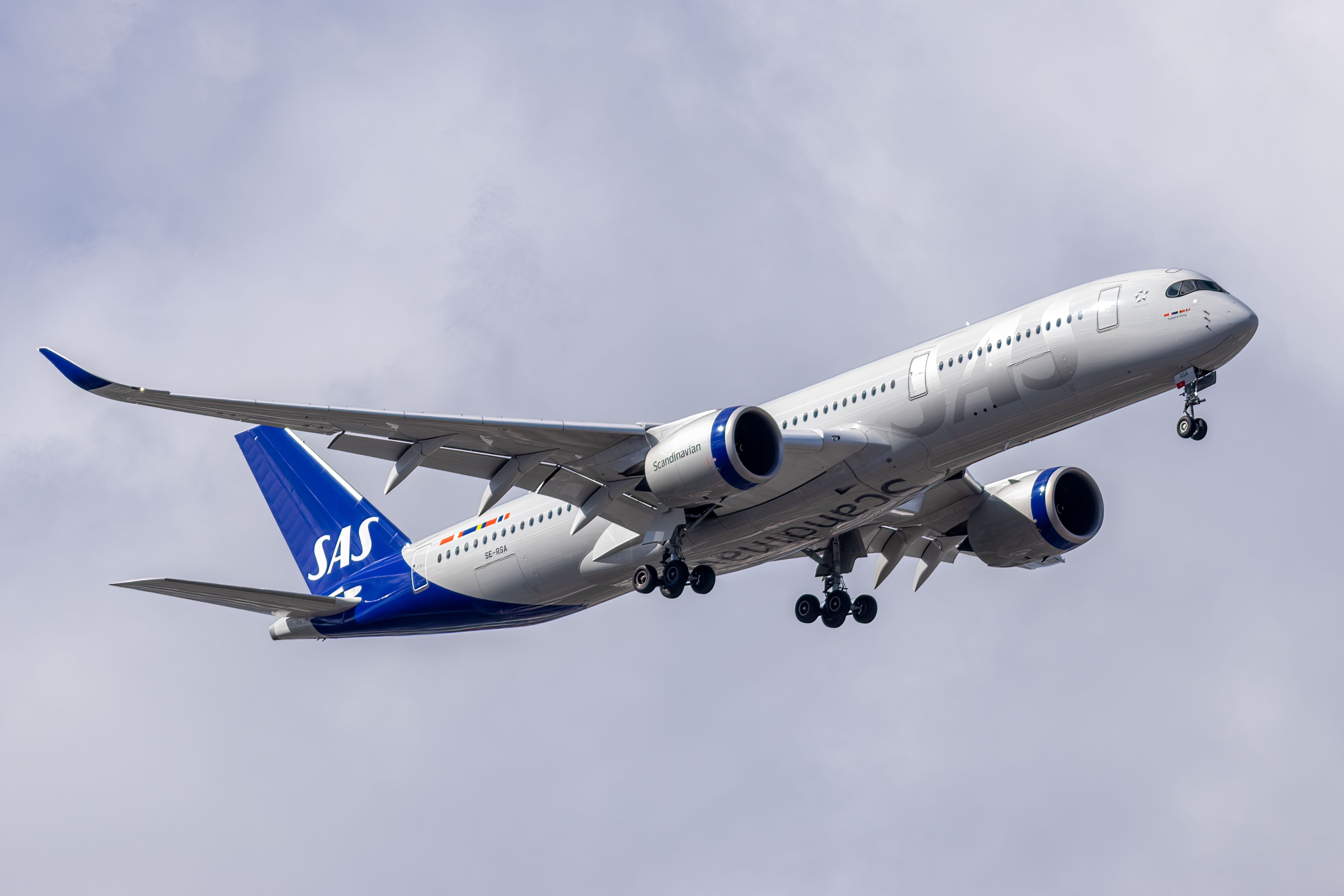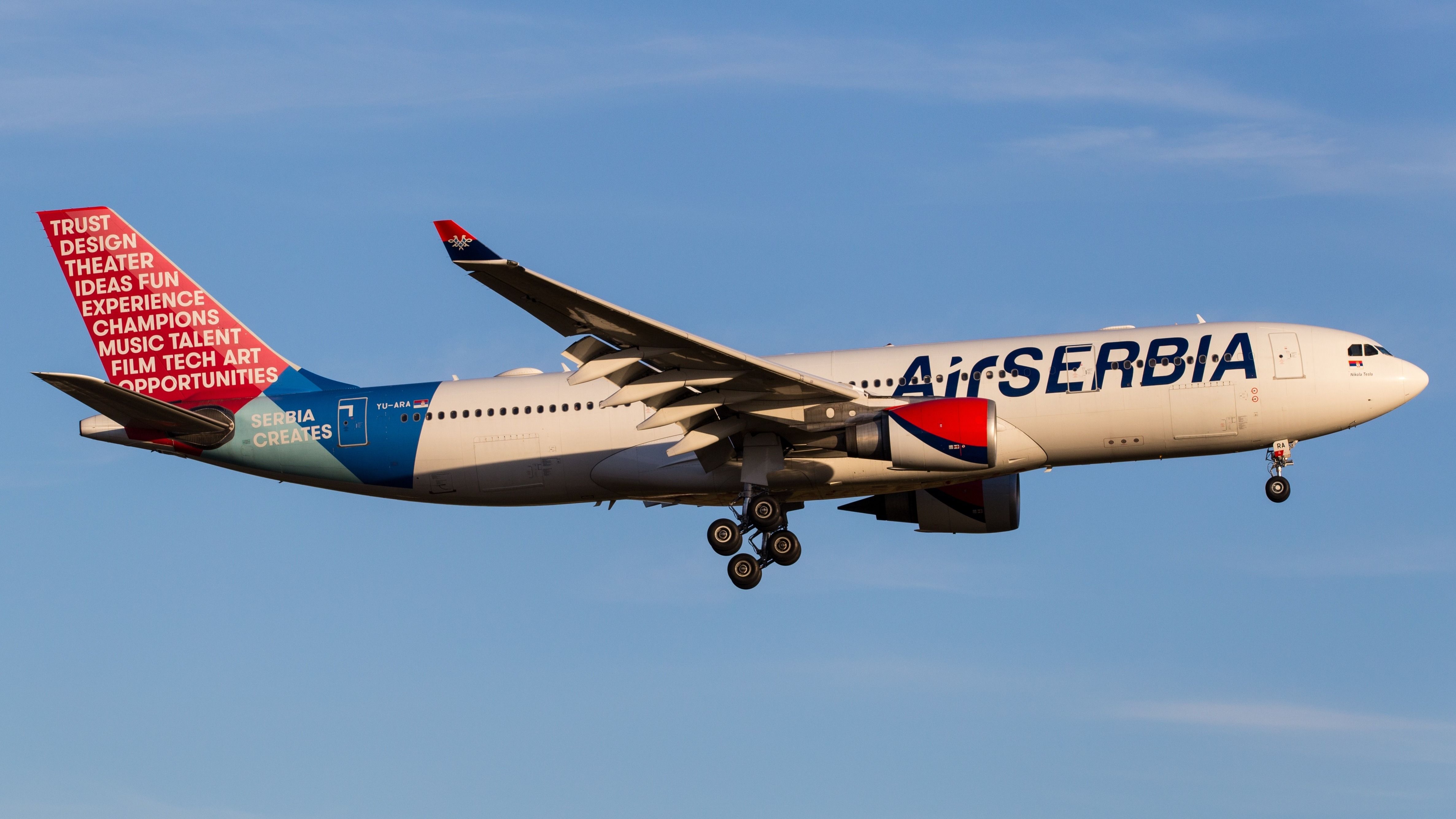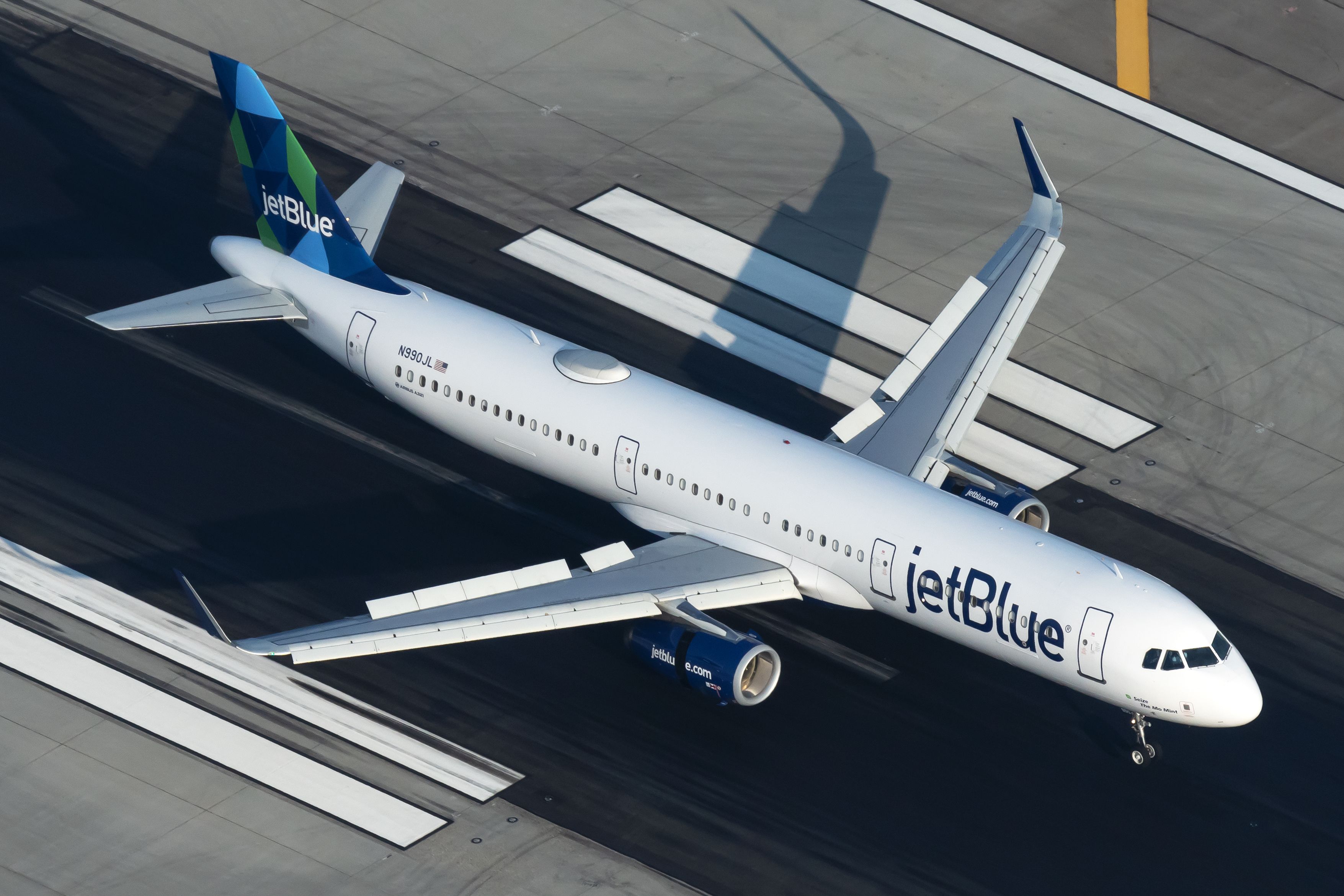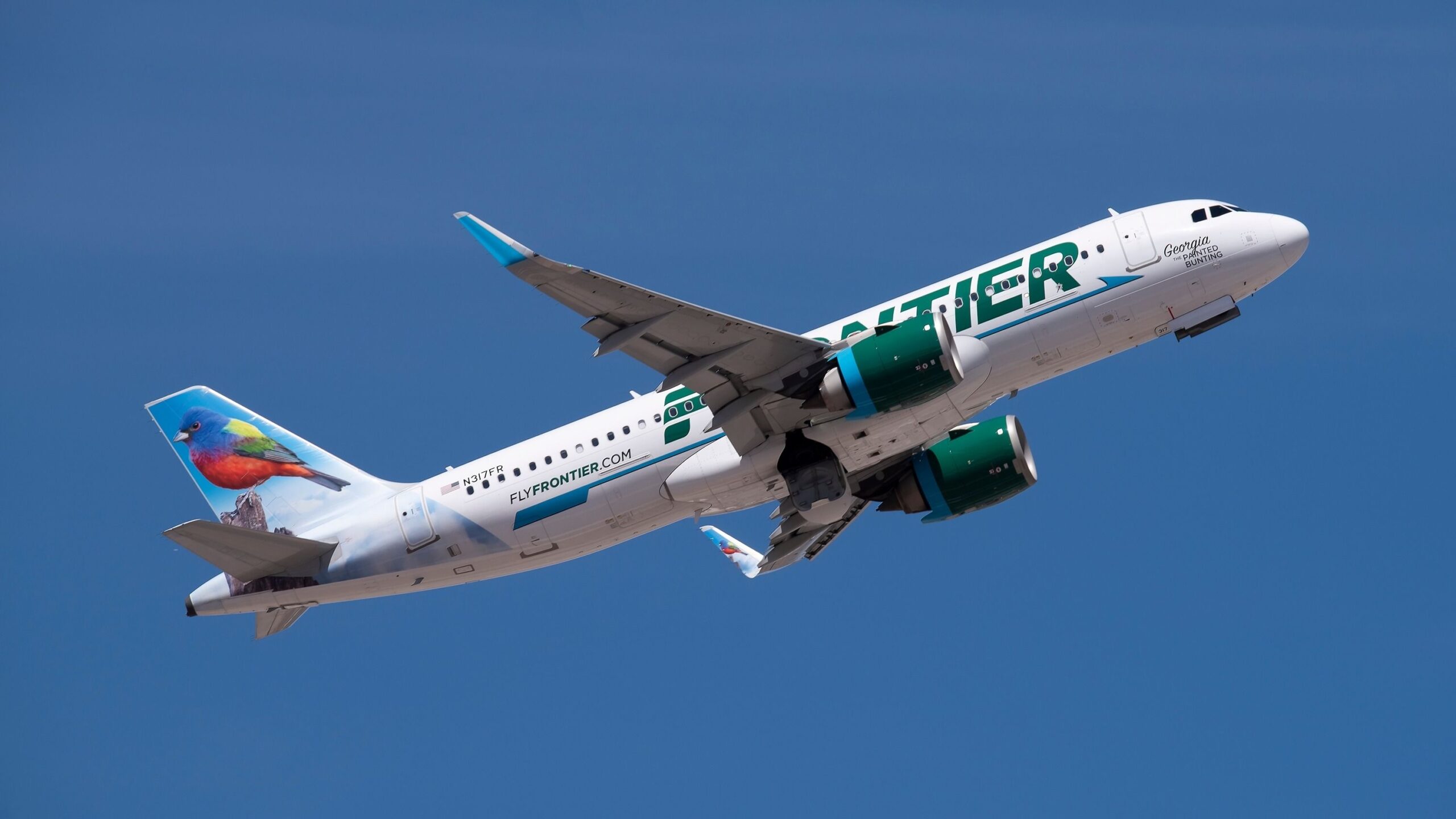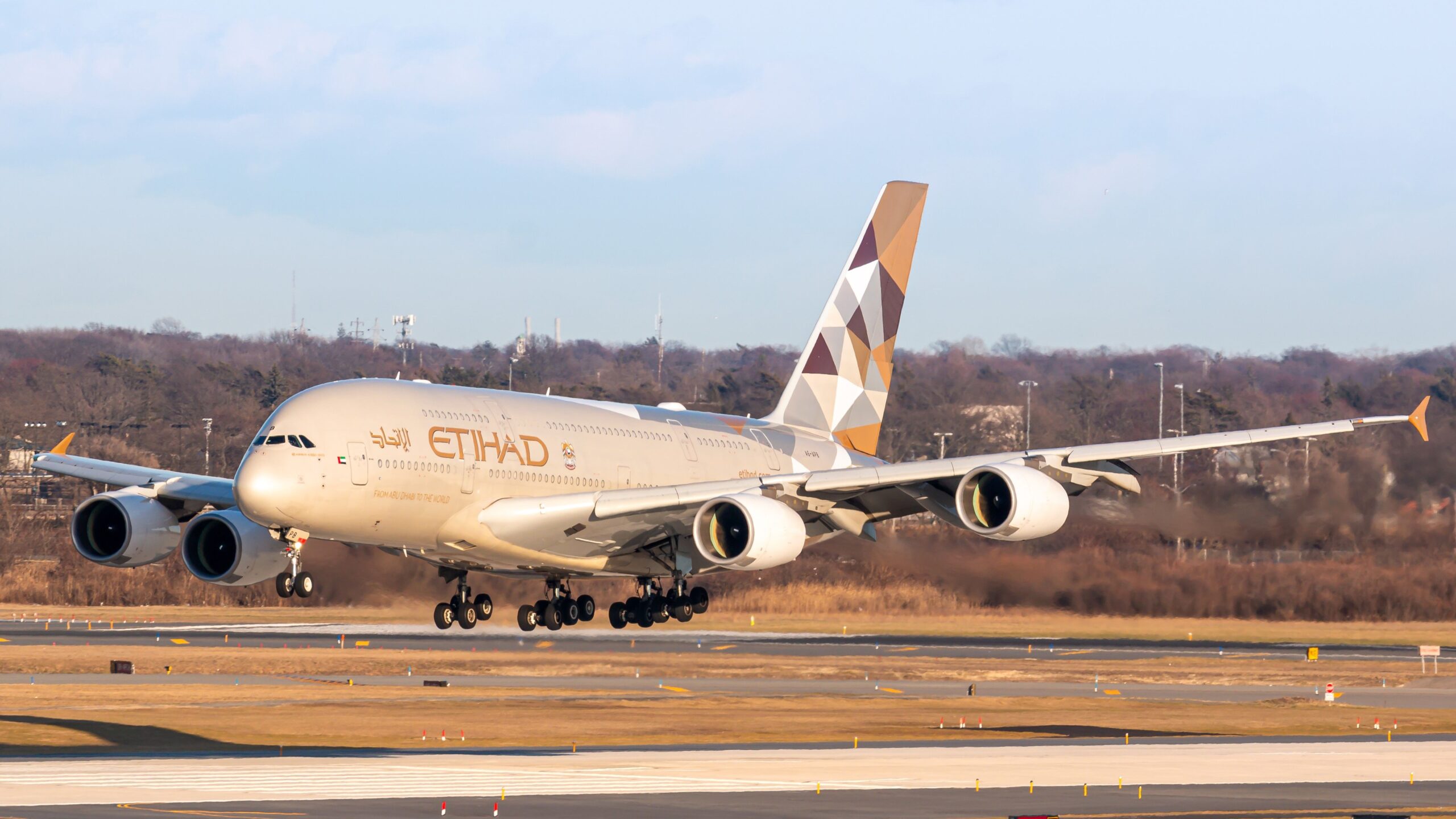Despite objections from rival JetBlue, the US DOT has approved Delta and SAS’s request to expand codeshare operations. JetBlue
argued that its own attempts to secure codeshare approvals in Europe had not been successful or were facing delays, filing an objection in July.
Expanded codeshare approved
The US Department of Transportation (DOT) approved the application this week, as reported by Aviacionline. The decision, effective immediately, will allow ![]() Delta
Delta
and  SAS
SAS
to place their codes on each other’s flights within Europe and North and Central America.
The amended agreement will allow Delta to offer scheduled flights for passengers, cargo, and mail on SAS-operated flights between the USA, Denmark, Sweden, and points beyond. SAS will place its own code on Delta flights to the States, giving passengers of both carriers more travel options.
Photo: Omar F Martinez | Shutterstock
Included in the agreement are SAS Connect, SAS Link and CityJet, all SAS affiliates operating intra-European flights.
The move is a key step in SAS’s rehabilitation in its new form. The airline exited bankruptcy just weeks ago, having secured a financial injection from Air France-KLM, and just this month, it made the transition to SkyTeam from its previous home at ![]() Star Alliance
Star Alliance
.
What’s JetBlue’s problem?
JetBlue is another US airline keenly attempting to secure codeshare operations in Europe. Specifically, it has applied to codeshare with Air Serbia on routes to Croatia and Italy.
Photo: Wenjie Zheng | Shutterstock
However, the application approval has been delayed as regulators and nations grapple with the nuances of EU rules. While Serbia is not an EU country, it is within the European Common Aviation Area (ECAA). The agreement, if approved, would essentially see JetBlue operating flights to EU countries using a non-EU carrier via an airport outside of the EU (in Serbia). This makes the whole situation a lot more complex.
JetBlue expressed concern about a lack of transparency in how EU member states interpret the ECAA Agreement and said Croatia and Italy’s rejection of the deal created an unfair competitive environment. It further highlighted that similar services from other US and EU airlines were already being approved.
Photo: Vincenzo Pace | Simple Flying
While the US DOT said it would continue to engage with the relevant authorities to progress JetBlue’s request, it did not find any grounds on which to delay the agreement between Delta and SAS.
A new start for SAS
Emerging from US bankruptcy protection on August 28th, the SAS CEO hailed this a ‘new era’ for the historic airline. During the process, the airline restructured more than $2 billion worth of debt, adjusted its fleet, and wiped out the stakes of more than a quarter of a million former owners. As reported by Reuters at the time, CEO Anko van der Werff said,
“This is truly a new era for SAS with a much stronger position, lower debt and lower cost.”
With a robust codeshare approved with Delta, and a strong foothold already in the Scandinavia-US market, there are high hopes SAS will come back from bankruptcy stronger. However, there are still some hurdles to overcome as low-cost competitors encroach into its territory.

